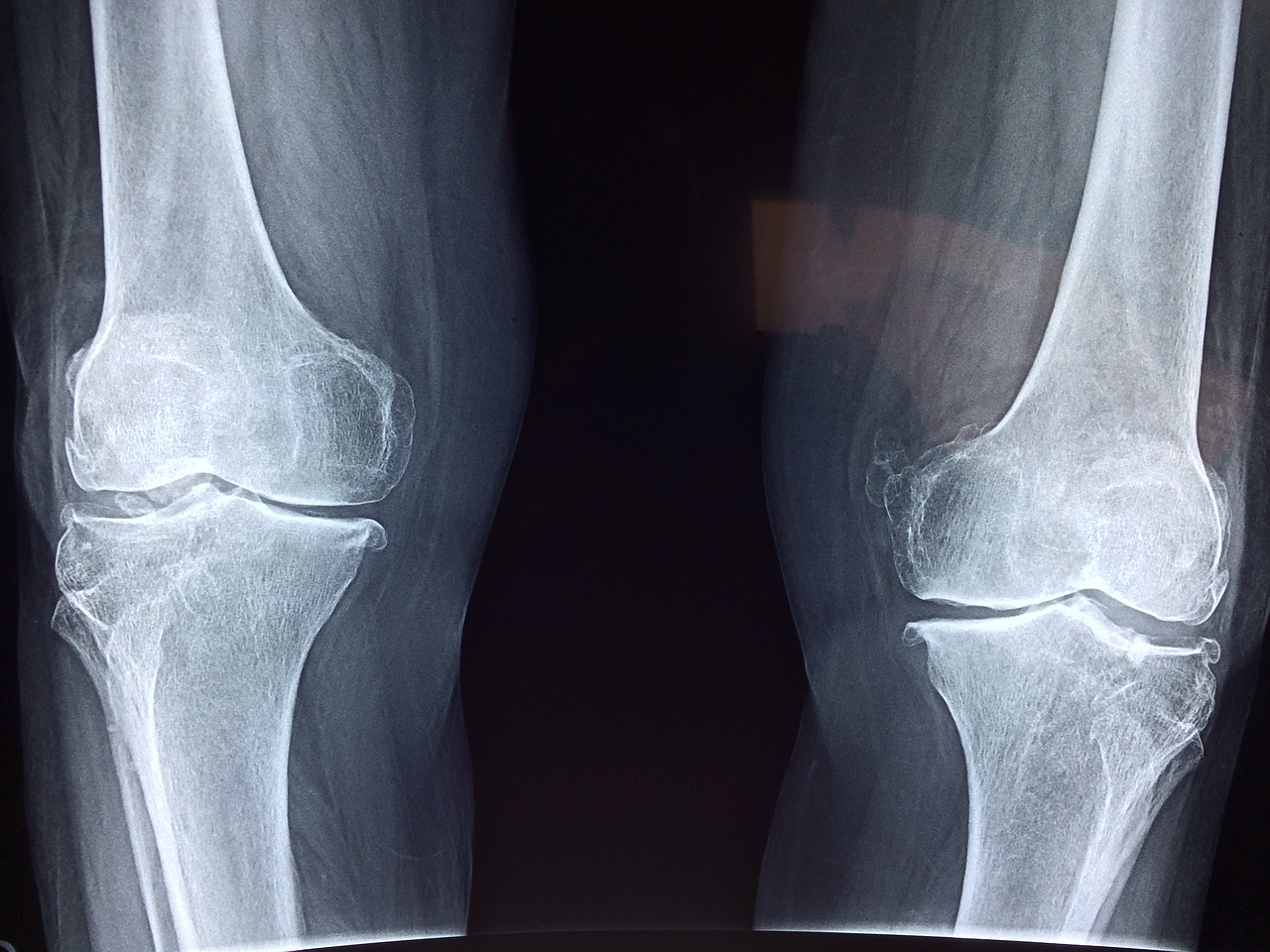Osteoarthritis refers to the general wear and tear within a joint that accumulates throughout our lives. To be more specific, it is the degeneration of the cartilage within our joints, and more recently, research as shown that osteoarthritis is a disease that affects all the structures connected to our joints like the tendons, ligaments, bone. This process may be accelerated with age, overuse of the joint, previous injuries and an excessive amount of load going through the joint (like with obesity for example). This blog will focus on the knee has it is a common joint which is affected by osteoarthritis. The knee is a weightbearing joint which also acts as a shock absorber; therefore, it becomes much more susceptible to be affected by osteoarthritis as it will be subjected to a significant amount of load (sometimes repeatedly so) throughout an individual’s life.
Symptoms can include but are not limited to the following: pain and stiffness at the joint which can lead to locking of the knee, occasional swelling, clicking or popping and joint instability which may lead to the knee giving way.
Here are some at home treatments that you would like to try in order to help with these symptoms:
– Depending on how the joint feels, you might want to apply a cold pack (or frozen peas wrapped in a cloth) to a knee that is a bit swollen, if the knee isn’t swollen but feels stiff then you should apply heat (a hot water bottle for example). Heat or cold may be applied for 10 min twice a day
– Foam rolling the muscle for 1-2 min every other day that surround the knee will be helpful> these muscles are the quadriceps, the calves, the hamstring and the peroneals
– Non steroid anti-inflammatory drugs will help as well
– Insoles and appropriate shoes will help feet and walking mechanics which can help with taking the pressure out of the knee
– Non weightbearing exercising like swimming and cycling will help move and strengthen the knee without loading the joint with your own weight
– A anti-inflammatory diet as been shown to help with symptoms so including things like fatty fishes (tuna for example), leafy greens (spinach), turmeric, garlic and ginger into one’s diet as well as cutting out red meat and high in fat or processed food would be advisable
– Finally, if applicable, losing weight would help take the pressure out of the knee joint
Other causes of knee pain can include but are not limited to: damage to the ligaments or tendon around and within the knee, bursitis, meniscal damage and strain of the muscles surrounding the knee.


